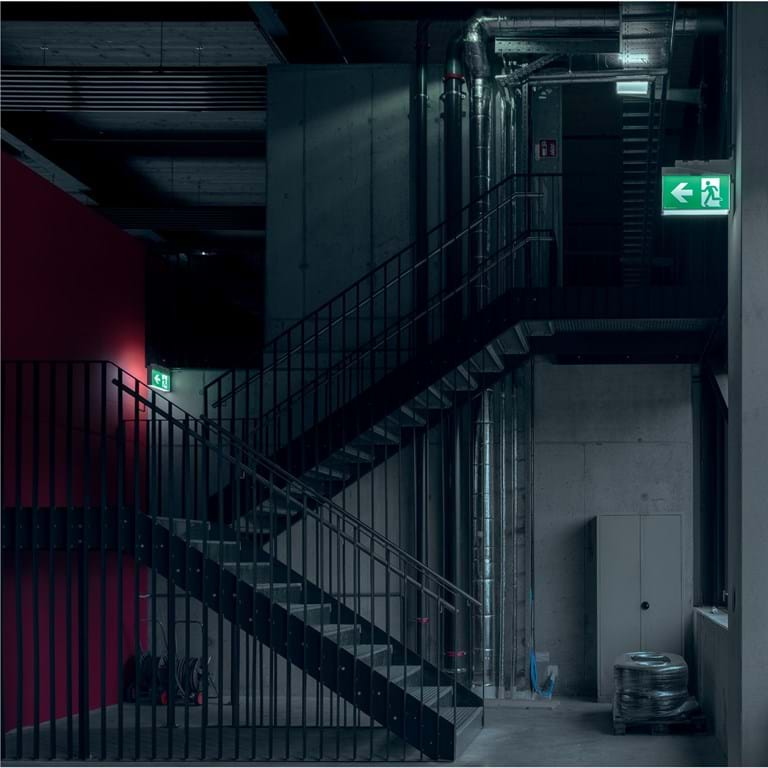Lighting Guide 12: Emergency Lighting from the Society of Light and Lighting (SLL) provides up-to-date information on the procurement, design, installation and maintenance of emergency lighting.
SLL Lighting Guide 12: Emergency Lighting gives information on how to comply with the current statutory/regulatory framework and the standards regarding emergency lighting that apply within the UK.
The latest edition of SLL Lighting Guide 12 has been developed for use when design work is to be undertaken, but also to assist engineers in evaluating existing installations against current standards and requirements of legislation.
The previous edition was published in 2015 and key changes include an increased focus on the design requirements, aiming to facilitate a coordinated approach between all parties involved in emergency lighting. As emergency lighting is a life safety system, all parties who are involved carry a duty of care under various pieces of legislation to occupants of premises and are responsible for discharging their roles, whether it be as a building owner, designer, installer or maintainer.
SLL Lighting Guide 12 aims to provide best practice guidance for all parties involved in the procurement and use of emergency lighting from inception to the demolition of premises, meaning the client/responsible person, designer, installer, and maintainer. It explores typical case studies, demonstrating differences in approach that may be required to address specific situations, reflecting different types and uses of premises.
This Guide takes the standpoint that it is the British Standards Institution’s (BSI) role to define the terminology that all emergency lighting practitioners should use. It is vital that unambiguous terminology is used for all life safety systems. It should be noted that in this edition, the definitions defined by the BSI have been used throughout.
This document was written by a task group, made of up members of the SLL and chaired by David Mooney MCIBSE FSLL. Commenting on the update, David said:
“Good design of emergency lighting is not just a way of meeting target levels and complying with standards — it is a way of ensuring that people can orientate themselves and find their way confidently and safely through a building to a place of safety. It should be remembered that people, even in familiar buildings, may become frightened and disorientated during an emergency.”
The guidance in this document is written primarily for buildings located within the United Kingdom. It should be noted that there are minor variations for Northern Ireland and Scotland. However, the principles for emergency lighting are universal and can be applied to other locations if the appropriate local conditions, standards and regulations are respected.
The SLL is a division of the Chartered Institution of Building Services Engineers (CIBSE). Members of CIBSE and the SLL receive unlimited online access to guides via the CIBSE Knowledge Portal.
Find out more and get your copy of SLL Lighting Guide 12: Emergency Lighting
See a full list of CIBSE Knowledge items via the Knowledge Portal
